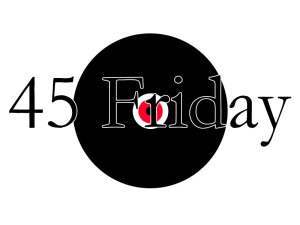When Cory Wells was selected to be inducted into the Buffalo Music Hall of Fame (BMHOF) in 1997, he was touring with Three Dog Night and could not make it to the event. He later had a break from touring so we scheduled a Special Induction Ceremony on May 26, 2000, at the Lafayette Blues Room.
Cory wanted to give the event a Buffalo slant so he reunited his band the Enemys, a group that was formed in Buffalo and relocated to L.A. in 1965. Drummer Dave Treiger was still living in Buffalo and guitarist Mike Lustan, who also played with Cory in The Vibratos, came up from Florida. They had not performed together since 1966. Three Dog Night keyboardist Jimmy Greenspoon came to Buffalo for the induction and Rick Ryan, from the Buffalo Music Hall of Fame band Weekend, completed the band on bass. It is ironic that Rick Ryan is now the bass player for WNY-based Three Dog Night tribute band – E.L.I.
To promote the Special Induction Ceremony, Cory was a guest on the Oldies 104 and 97 Rock morning radio shows, along with appearing on Channel 7’s AM Buffalo. Sportsmens Tavern owner Dwane Hall let the band use Sessions Recording Studio, next to the club, as a practice room. Cory put a lot of time into promoting and rehearsing for the show.
The induction ceremony opened with a set by BMHOF member Barbara St Clair and her band the Shadows. Cory’s plaque was presented by BMHOF radio personality Danny Neaverth, who admitted he was a big fan of the band and had the opportunity to introduce them at concerts in the 1970s. Officers from the Three Dog Night Fan Club came to Buffalo for the event. They expressed appreciation that Buffalo was inducting Cory Wells into the BMHOF, when the Rock & Roll Hall of Fame in Cleveland had not recognized Three Dog Night for their numerous achievements.
45 FRIDAY ENTRY ON THE VIBRATOS
Everyone attending the Special Induction Ceremony was treated to a very memorable night. Cory Wells showed he was a down to earth person, who cared about not what you would do for him, but what he could do for you.
Since his passing on October 20, 2015, many stories have been told about Cory being a family-oriented person, who loved fishing and abstained from alcohol/drugs. He will not only be remembered as one of the top vocalists of classic rock music, but for the positive life he lived and the many lives he touched.
Rick Falkowski
Founder, BMHOF


